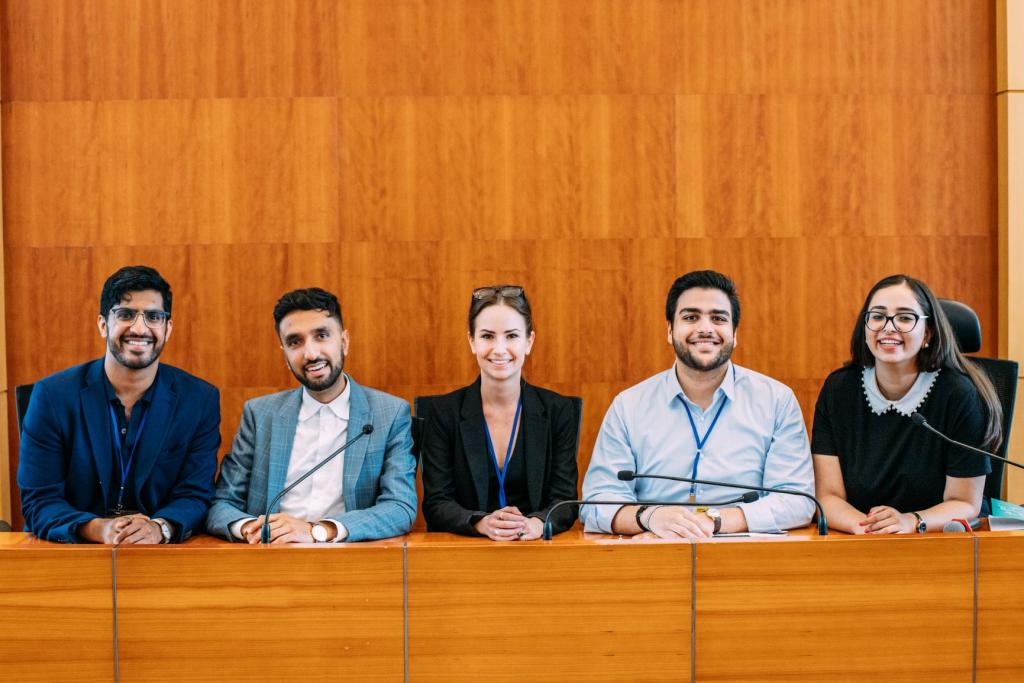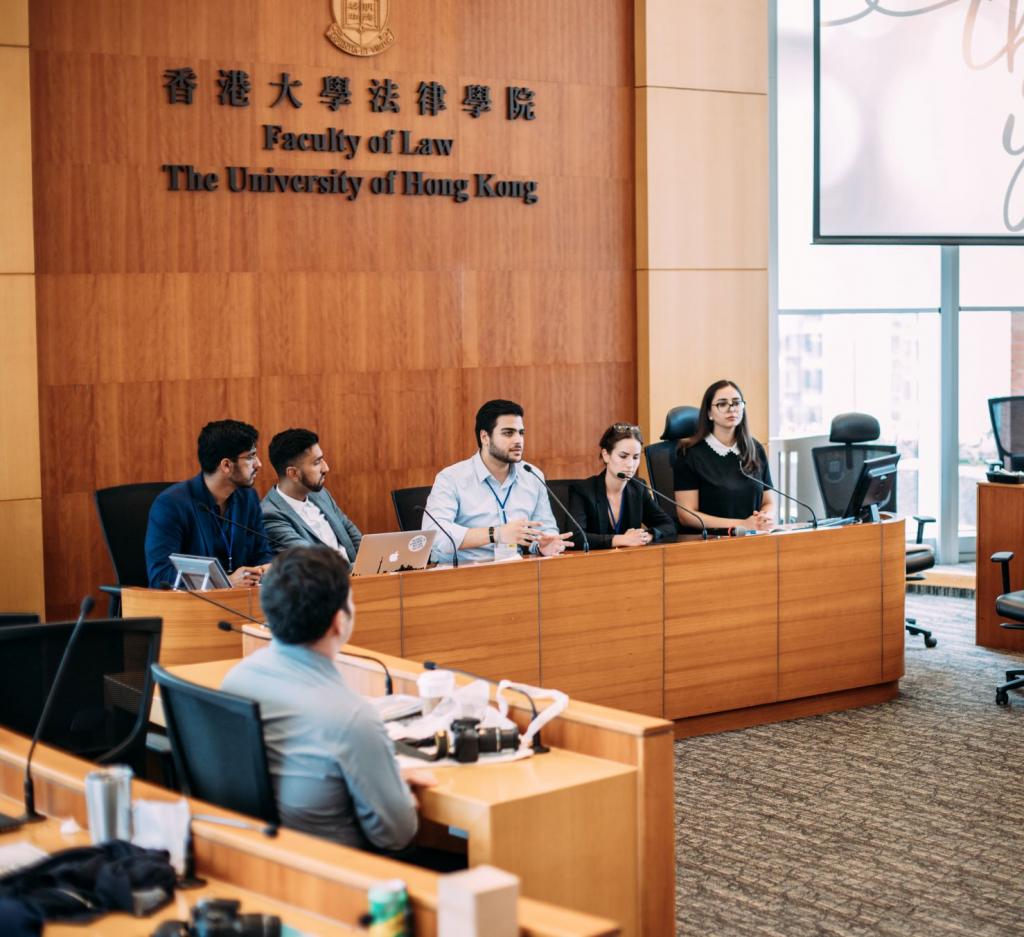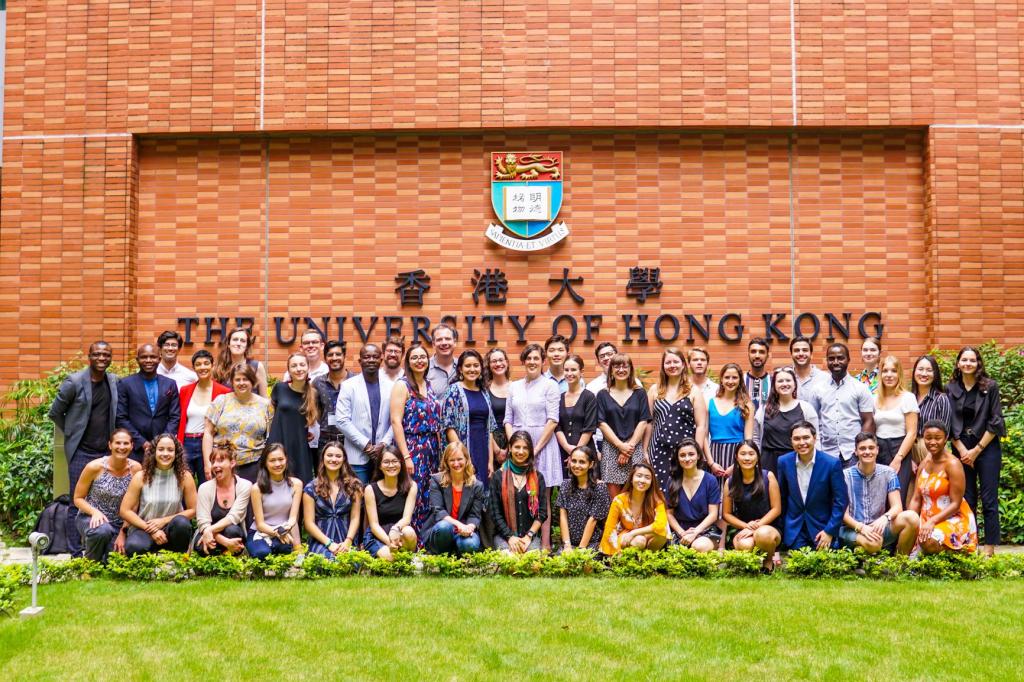Secondary menu
A Timely Summit: Human Rights and Sovereignty in the Spotlight in Hong Kong
Amitpal Singh (2L) and Milica Pavlovic (2L)
The University of Toronto Faculty of Law’s chapter of the Digital Verification Corps (DVC) is housed within the International Human Rights Program, and supports Amnesty International’s human rights research projects. The DVC digitally verifies videos and pictures posted to the Internet by journalists and ordinary citizens, often on social media, which capture alleged human rights violations. In a time where online content is so rapidly generated and deep fakes are pervasive, separating information from misinformation becomes crucial. This is particularly important for human rights research, which aims to effect change through advocacy and legal mechanisms. The DVC is thus part of a global credibility building project for human rights advocates tasked with challenging governments that seek to discredit claims that they are falling short of their human rights’ commitments.
Using a variety of methods, DVC members work to assess the credibility of the content source and determine whether other indicators corroborate the alleged event the picture or video depicts. Techniques can include checking the metadata of an image, conducting reverse image searches to check whether the content is being recycled, and using major landmarks or satellite imagery to identify the location of the event being depicted. DVC team members are constantly updating, refining, and expanding these techniques.
The DVC consists of teams of university students, technology experts, and human rights practitioners across four continents, with chapters at the University of California, Berkeley, the University of Pretoria, the University of Essex, Cambridge University, Hong Kong University, and the University of Toronto. These working groups have reviewed hundreds of hours of video footage and thousands of photos since the inception of the DVC. In recent years, the DVC has also hosted annual summits as part of its collaborative efforts across these various university chapters. This year, the 2019 Global Annual DVC summit took place on June 2nd - 5th, at Hong Kong University. The summit drew representatives from all member chapters, and aimed at reviewing the past year’s work, outlining further possibilities for future collaboration and lesson sharing from individual projects across these chapters.
The University of Toronto Faculty of Law’s Digital Verification Corps (DVC) working group arrived in Hong Kong on the cusp of the consequential 30th anniversary of the Tiananmen Square protests and massacre of 1989. In addition to being a host city for the Hong Kong University’s DVC chapter, Hong Kong has a storied history of human rights advocacy. This rich tradition was on display on a number of occasions, including a historic vigil commemorating the Tiananmen Square massacre just a few days into the summit, which drew tens of thousands of Hong Kong citizens. Some estimates reported that nearly 200,000 people took to the streets. Only days later, Hong Kong’s citizens again took to the streets to protest a controversial government extradition bill, which would allow for Hong Kong residents and visitors to Hong Kong to be under the jurisdiction of mainland China’s courts.
The protests, which began only a day after the DVC Toronto team left Hong Kong, continue in the city centre. Protestor estimates range from the hundreds of thousands, to two million, largely peaceful in nature, with protestors carrying signs reading slogans like “Free Hong Kong.” We had the chance to see some of these signs with our own eyes at the Tiananmen vigil. The solemn atmosphere leading up to the Tiananmen vigil was a reminder how events of the past continue to inform the human rights landscape in Hong Kong, China, and Asia more broadly, to this day.
Hong Kong’s relationship with China was also the subject of many informal conversations amongst the Summit’s participants. We were reminded of the influence of the three-decades old massacre during the Summit. We learned that the phrase “Tiananmen Square,” and associated images, continue to be aggressively censored with the help of machine learning and image recognition software. The mainland’s most sustained response to the protests has been a decidedly digital one: the Chinese government has orchestrated a misinformation campaign using social media about the protests in response.
Summit Overview
While none of the participants could have predicted that these events would begin to unfold soon after the summit, the third annual DVC summit was centered heavily around themes of technology and online media as the nexus for issues concerning censorship and human rights abuses. Each participating university chapter presented on one or more projects that were the focus of their DVC work throughout the past school year, highlighting where unique techniques or effective organizational strategies were implemented. For example, the team from the University of Cambridge started a podcast called Declarations: The Human Rights Podcast.
Like past DVC summits, this summit included presentations from renowned human rights experts, who document the use of open source technologies and other digital tools in their human rights work. The global breadth of the DVC’s work was on display at the summit. The presentations reported on human rights and technology work across jurisdictions, geographical regions, and issue types. Among them, the Toronto DVC team in Hong Kong, including George Ghabrial, Aaqib Mahmood, Amit Singh, Sarah Bolourchian, and Milica Pavlovic, also presented the Toronto DVC’s work at the summit.
 The University of Toronto Faculty of Law’s Digital Verification Corps team in Hong Kong. Left to right: Aaqib Mahmood, Amitpal Singh, Milica Pavlovic, George Ghabriel, and Sara Boulourchian. Credit: Amitpal Singh and Milica Pavlovic.
The University of Toronto Faculty of Law’s Digital Verification Corps team in Hong Kong. Left to right: Aaqib Mahmood, Amitpal Singh, Milica Pavlovic, George Ghabriel, and Sara Boulourchian. Credit: Amitpal Singh and Milica Pavlovic.
The summit opened with a presentation on the role of technology in two projects, one of which documents the crisis in Syria and the other which tracked abusive content towards women on Twitter. Both projects exemplify novel ways in which to incite accountability using digital tools. In the context of the Syrian crisis, Amnesty’s work in meticulously documenting and corroborating the number of civilian injuries and deaths resulting from the US-led Coalition’s offensives has prompted calls for further inquiry into the US’ role in these tragedies. Likewise, the Toxic Twitter report puts pressure on Twitter to address policies around reporting and removing problematic content and comments.
In another timely discussion, Amnesty’s East Asia Regional Office discussed this theme of censorship in their presentation at the Summit, providing an overview of the extent of social media censorship behind “The Great Firewall of China” and discussing the creative ways in which people within China have pushed back. Popular examples include memes depicting the mythical “grass mud horse” creature (a euphemism for a similar sounding profanity), Peppa the Pig, Winnie the Pooh, and a range of others with numerous variations – all of which have acted as political commentary or stand-ins for banned content, until they themselves became subject to censorship filters.
 The Toronto team presenting during the Summit, hosted at The University of Hong Kong’s Faculty of Law. Credit: Amitpal Singh and Milica Pavlovic.
The Toronto team presenting during the Summit, hosted at The University of Hong Kong’s Faculty of Law. Credit: Amitpal Singh and Milica Pavlovic.
Our own presentation focused on one specific event: verifying tear gas and rubber bullet attacks on two hospitals by government armed forces following a predominantly peaceful protest in the Sudan. The University of Toronto’s DVC team worked collaboratively over two weeks to track the chronology and verify the location of this event. Through our collective efforts and using various open source technologies, including Google Earth and Google Maps, we had determined that this event spanned two different hospitals. Using stills of landmarks and identifying physical features on the hospital structures, DVC team members corroborated this imagery to other photos and videos taken of these two separate hospitals. Once the locations were verified, the team conducted research to determine whether these government forces could be held accountable for their actions by the international legal community under public international law.
 A gathering of DVC chapters, with representatives from the University of California, Berkeley, the University of Pretoria, the University of Essex, Cambridge University, The University of Hong Kong, and the University of Toronto, joined by human rights practitioners, academics, and technology experts from across the world. Credit: Amitpal Singh and Milica Pavlovic.
A gathering of DVC chapters, with representatives from the University of California, Berkeley, the University of Pretoria, the University of Essex, Cambridge University, The University of Hong Kong, and the University of Toronto, joined by human rights practitioners, academics, and technology experts from across the world. Credit: Amitpal Singh and Milica Pavlovic.
The Summit continued with presentations from other DVC university teams and human rights experts, including presentations from a Hong Kong based organization disrupting modern day slavery practices, a remote sensing expert from Amnesty International, a New York based accountability agency which teaches citizens to document human rights abuses, and a panel discussion with renown experts in the human rights field.
Collaboration and Moving Forward at the IHRP’s DVC
The summit’s primary purpose in bringing together the various DVC chapters was to facilitate knowledge sharing across the university groups. This involved sharing techniques and organizational tactics for successful verification, but also included reporting on tasks that were particularly challenging and reflecting on novel ways to overcome challenges. Another important collaborative topic was creating an accessible guide for laypersons on how to produce pictures and videos that were easily verifiable. If used effectively, easy-to-implement tips - like filming within sight of a landmark or enabling location services while filming - can make the DVC’s work significantly easier. It could also democratize the process of separating genuine online content from misinformation.
The summit also produced higher level strategic reflection on expanding the DVC to new geographical regions, and coordinating a robust online presence where those who were not familiar with the group’s work could go for accessible information. The group also reflected on ways to preserve institutional memory as new members join and previous members depart the DVC.
At the University of Toronto chapter, the upcoming year will bring further collaboration with the other university groups, which will include launching a dedicated online presence. We will also be reflecting on how to incorporate best practices showcased by other DVC teams in light of our own unique position as a human rights program at a law school. Finally, we drew helpful insights on managing the difficult personal demands common to viewing and verifying problematic content. Repeated exposure to violent and disturbing images and audio can result in vicarious trauma. From several excellent presentations and informal conversations on this topic with our peers from other institutions, we now feel better prepared as a chapter to deal with the challenges of interacting with such materials in the future. This will be particularly important as new members join the team next year.
